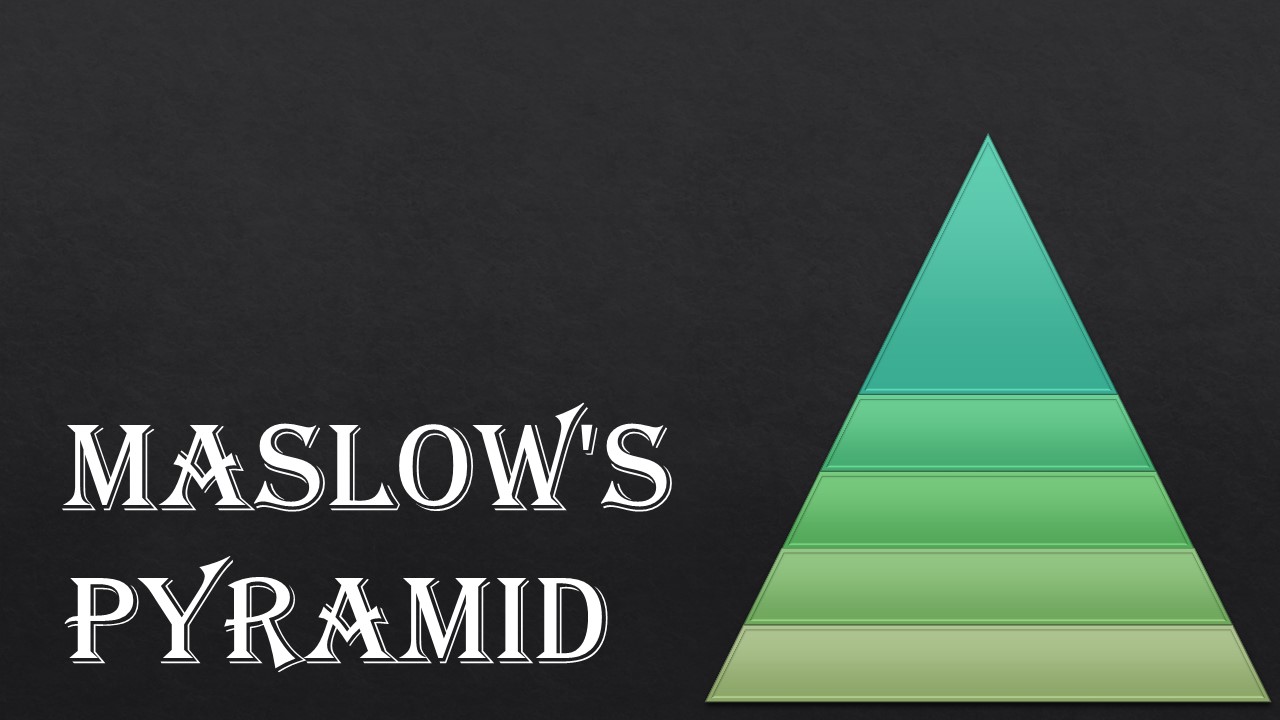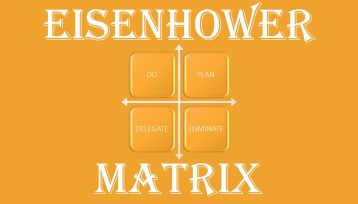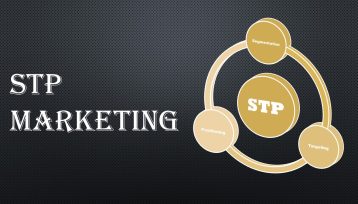Abraham Harold Maslow was an American psychologist and the creator of a popular motivational model known as Maslow’s hierarchy of needs. In this concept, Maslow systematized the basic needs that affect human behavior and decision-making into a multi-level sequential structure, where the lower stage must be satisfied (at least partially) before moving on to the higher one.
The scientist first presented this idea in the article “A Theory of Human Motivation” in 1943 and then described it in more detail in the book “Motivation and Personality” in 1954. In these publications, there is no visual representation of the hierarchy, but later the levels began to be depicted in the form of a pyramid, which is now the most recognizable symbol of this theory, so you can often find another name – Maslow’s Pyramid. Initially, Maslow divided the needs into five categories:
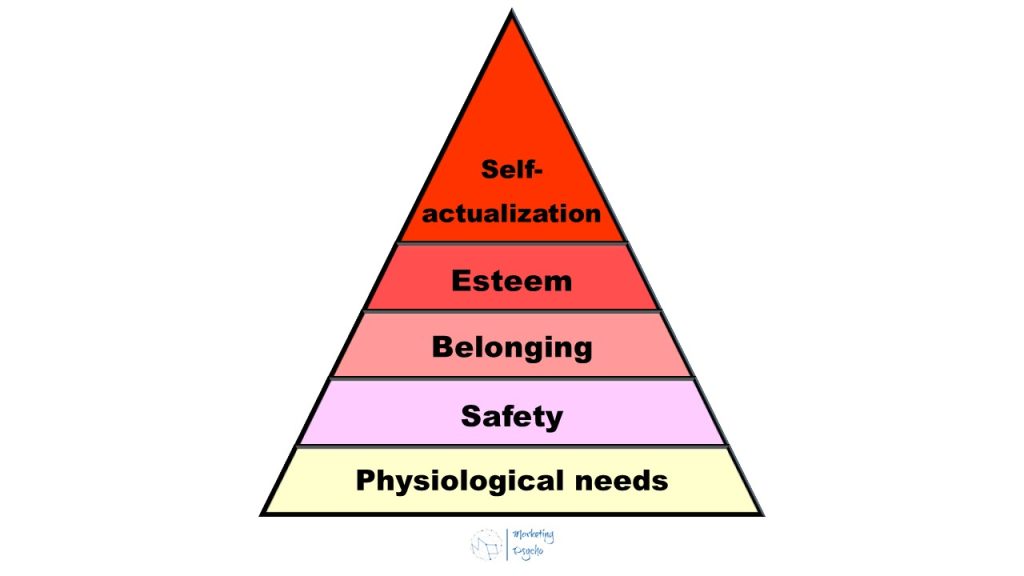
Physiological Needs
This level is the very first in the hierarchy, its importance in human motivation can hardly be overestimated since these needs are necessary for survival. These include air, thirst, hunger, sex, etc.
Safety Needs
After the initial biological needs are met, safety needs follow, which motivate a person to further activities. This section includes health (physical and psychological), stability (finances, work), comfort, guarantees, order, etc.
Belonging Needs
When people have taken care of themselves physically, they move on to the psychological stages. In this category, the desire of people to be accepted in society is considered. This manifests itself in communication, joint activities, etc. A feeling of loneliness can lead to anxiety and depression. Such needs include love, family, friendship, affection, trust, etc.
Esteem Needs
Maslow puts both self-respect and respect from other people into this category. These can be self-confidence, independence, freedom, status, career growth, success, etc.
Self-Actualization
The hierarchy ends with a level of self-actualization, which means that a person has satisfied previous needs and is now focusing on himself, on his potential. This is the desire to become better and achieve more. These are needs such as setting and achieving big goals, using and developing one’s talents and abilities, etc.
Over time, Maslow expanded his theory and consistently added three more levels.
The first two are Cognitive needs and Aesthetic needs. He put them before self-actualization, thereby increasing the path to achieving this level.
Cognitive Needs
At this level, people have a desire to learn and gain knowledge, they explore, analyze, want to understand and satisfy their curiosity, get to know the world, search for information, and are interested in a new thing.
Aesthetic Needs
To move towards Self-Actualization, people should be able to appreciate the beauty in the world around them, should strive for ideal images, for balance, for everything that causes sympathy.
Then another level appeared – Transcendence or Self-transcendence. It is often not included in the modern image of the pyramid, stopping at self-actualization, but the scientist himself at the end of his life revised his views and highlighted this stage.
Transcendence Needs
These are spiritual needs, they are higher than self-actualization since they are focused not on the person himself and his inner desires, but on higher values such as helping others, spirituality, and serving higher goods. At this level, a person goes beyond himself.
As a result, Maslow’s Pyramid of needs can be represented in the following form:
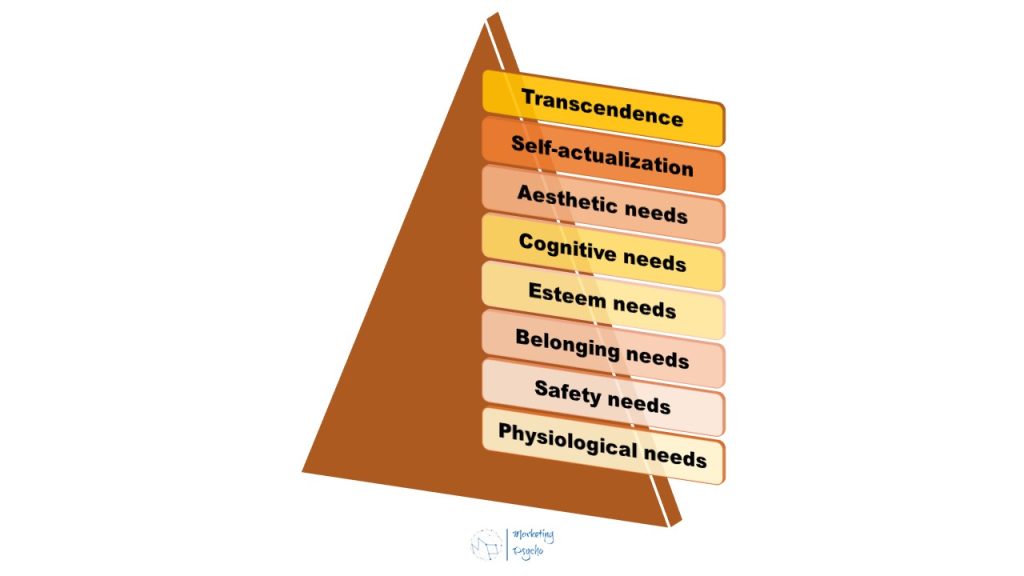
In his later studies, Maslow combined these 8 categories into 2 groups:
- Deficiency needs are the first four levels: Physiological, Safety, Belonging and Esteem. If you lack one of these needs, you will have a feeling of anxiety and a desire to achieve them. These needs can be fully met (although some of them are only temporary).
- Growth needs are the other types, the distinguishing feature of which is the constant desire to develop as a person.
Maslow’s hierarchy of needs is used to study how certain needs affect people’s motivation. This applies not only to everyday life but also to other activities, in particular, in the field of marketing.
In marketing, this concept is used as one of the additional options for the segmentation of the consumer market. The most common segmentation criteria are: demographic, geographical, psychographic, and behavioral. Maslow’s Pyramid of needs will help you more accurately describe your target group and determine exactly what they need in a given period. If the audience is at the first levels of the pyramid, then it will first of all cover these needs, and, conversely, if the deficiency needs are met, then in this case the growth needs come to the fore.
For example, if a person is very hungry and does not have a lot of money, then they will buy food in a regular store and cook for themselves or go to an inexpensive fast food cafe, but when a person has the opportunity to purchase higher-quality products, they will choose an elite store and someone will cook for them or go to an expensive well-known restaurant, which will allow the needs to satisfy the need for recognition, status, and success. Therefore, when you already know what motivation drives your potential customers, you will be able to offer them a suitable solution. To promote a product, you can also focus on what need it satisfies.
Maslow’s theory is often criticized, the main argument is its hierarchy. A person can simultaneously experience the needs of different levels, while for different people some growth needs may be more important than some deficiency needs, for other people only part of the needs may be important. Therefore, use Maslow’s Pyramid of Needs as an auxiliary tool and adapt it to your business.

